
Developer: Bad Dream Games
Publisher: HandyGames
Platforms: PC
Tested on: PC
One Hand Clapping – Review
Back in June 2021, One Hand Clapping was released on Steam Early Access. Promising a game controlled by the player’s voice, it offered puzzle gameplay based on this gimmick. This past December, the game was fully released. While it has not changed much since we tried out the earlier build of the game, we will still delve into what the game has to offer.
Story
Following a mute protagonist, One Hand Clapping features a classic light versus dark story. Throughout the game, the player will be chased by a formless mass of darkness, attempting to extinguish all sound. As a whole, the game’s narrative is rather light, only told through a handful of cutscenes following a similar structure, with the main character meeting someone, singing with them, only for the darkness to attack while doing so.
Graphics
The game’s graphics are comprised of beautiful pastel-colored backgrounds, with the occasional moving character to liven up the scenes. Each of the game’s different areas is quite different from the others, featuring its own unique themes, such as a desert, forest, or city. Additionally, thanks to its well-designed animations, all of the characters are surprisingly expressive despite the simplistic designs, conveying a wide range of emotions with ease.
Sound
As expected from a game whose gimmick is based on music singing, One Hand Clapping’s sound design is one of its strongest points. Besides being good in general, both the SFX and soundtrack are well made, complimenting and differentiating each of the unique areas. Similarly to how the visual theme changes in these, the music playing does so too, additionally aligning with whichever gameplay mechanic is introduced.
Gameplay
One Hand Clapping advertises itself as a 2D platformer, although this would only be true if the platforming went past occasionally jumping to a higher platform. Instead, the puzzle genre is the one the game fits better into, due to the gameplay mostly consisting on solving puzzles through voice input.
These puzzles take different shapes and forms, requiring a note to be held for a time, matching notes, or inputting high and low tones. However, the core of these is rather similar, and the game doesn’t really alter the formula past a few exceptions. Said exceptions introduce new mechanics such as rhythm-based gameplay or time travel. That being said, these are outliers when compared to the rest of the game, only appearing a handful of times.
Besides this, the only other gameplay element the game offers is rather bland, only consisting of walking left or right until the next puzzle appears. While some areas contain little secrets and achievements to be found by exploring, these don’t offer enough incentive or variation for players to get invested in them. Should a player manage to be enticed, the challenge posed to finding these ‘secrets’ wouldn’t be much either, with levels being extremely linear and all achievements giving away the location or way to obtain them.
The game’s main caveat still remains the same as during the Early Access in how it requires the player to have some amount of musical prowess. Those players unable to recognize a tone by hearing it will suffer the annoyance of wailing like a moribund whale until they manage to match the desired tone. Luckily, the game has added an “Educational Mode” which displays the desired note to complete certain puzzles.
However, this is not the only issue the game runs into, due to also requiring proper equipment to play with. Lower end microphones will often cause the game to not properly recognize the player’s voice or throw off the tone with any noise captured. While the sensitivity of the microphone and voice range can be edited for better results, these don’t always do the trick. This might result in you having to change the settings over and over for each individual puzzle. The only other option the game provides for players to progress past puzzles they might be stuck at is a “solve current puzzle” button, instead of a gameplay alternative.
Conclusion
One Hand Clapping is a serviceable but shallow game completely centered on its voice gimmick. Players with an interest for singing (or rather singing exercises), who also own the proper equipment, might find the experience appealing. However, those without the required skills or lower end audio input will be left with a disappointing experience. Sold for $/€14,99 or £12.49, the game is rather expensive for what amounts to four to five hours of content.
Personal Opinion
“Curiously enough I don’t hate this game, despite how incredibly annoying it was to progress through certain areas. You see, I’m somewhat tone deaf and my voice doesn’t have a wide range. This meant half of the puzzles had me continuously going “aaaaaaaaaaaaaaaaaaaaaaaaaaa” at the microphone while trying to make it sound high pitched enough but not too much, lest the game didn’t recognize it. Going into this I expected something that would allow me to sing, something which I very much enjoy doing. However, I was left with a game whose only interest was in making me sound deranged without truly singing or learning. Understandably, I was very disappointed, with a massive headache as a result, and becoming extremely tired at the idea of having to replay certain sections. Do I hate this? No. Would I recommend it? No.”
One Hand Clapping - Review,
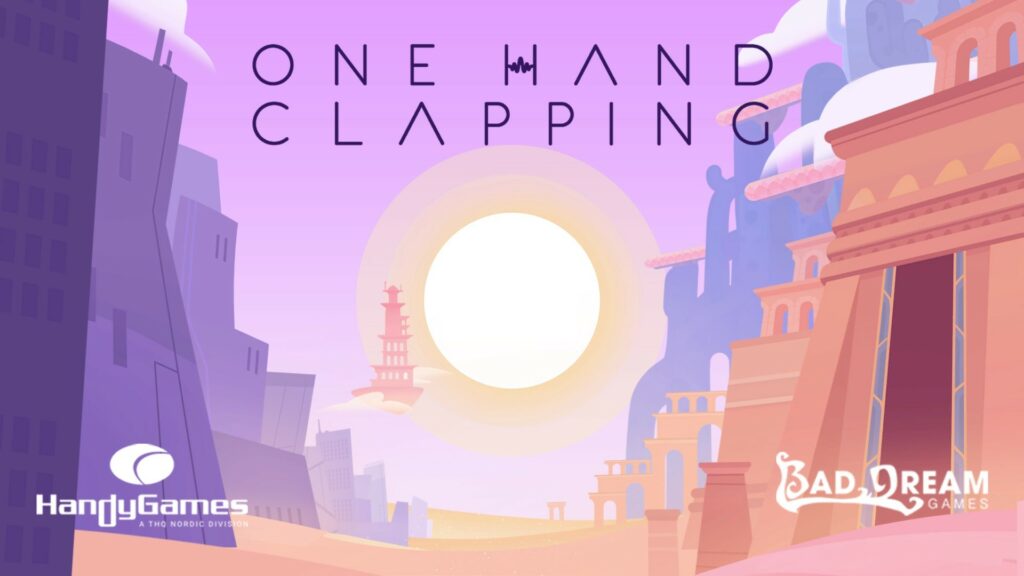
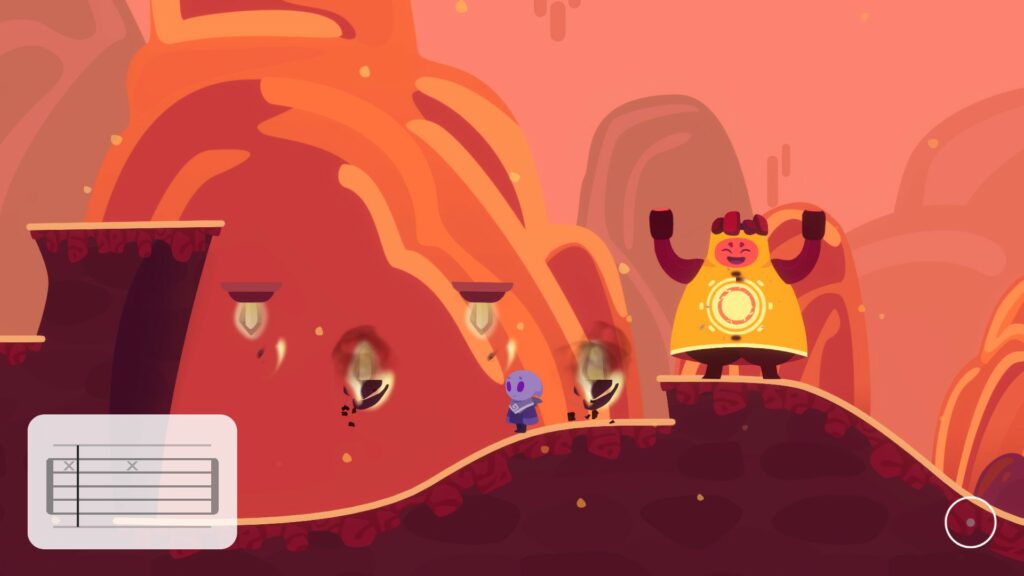
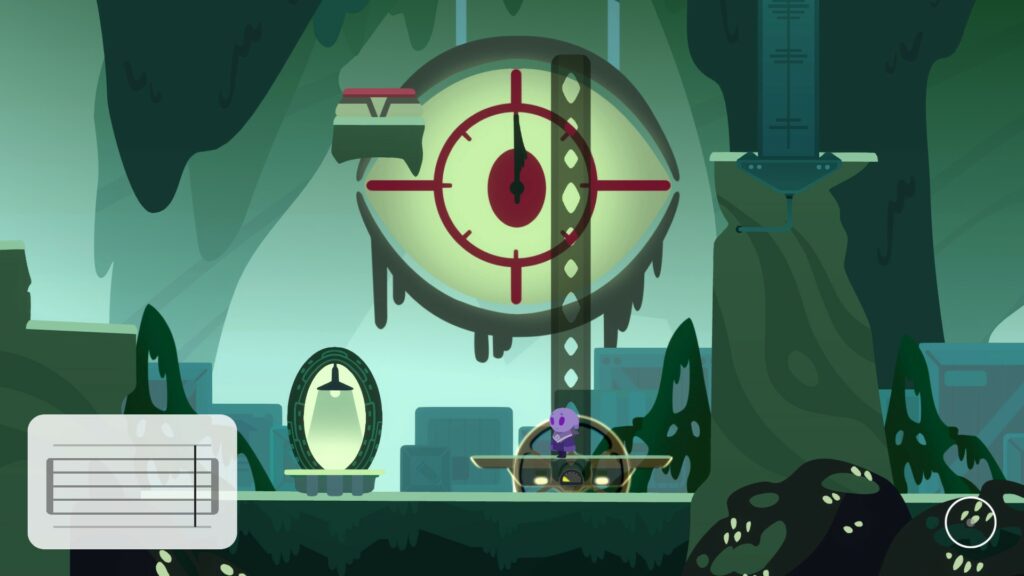
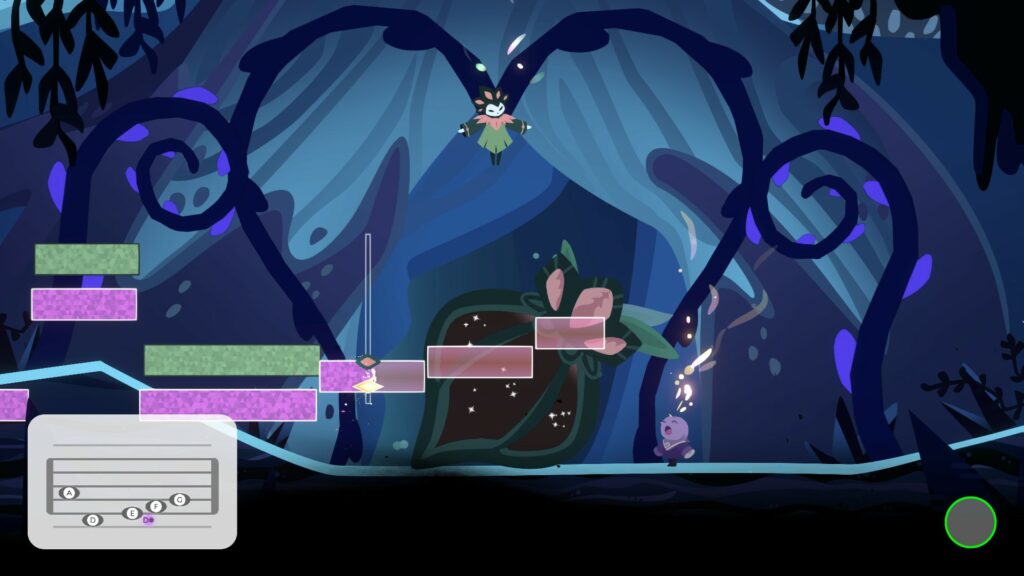
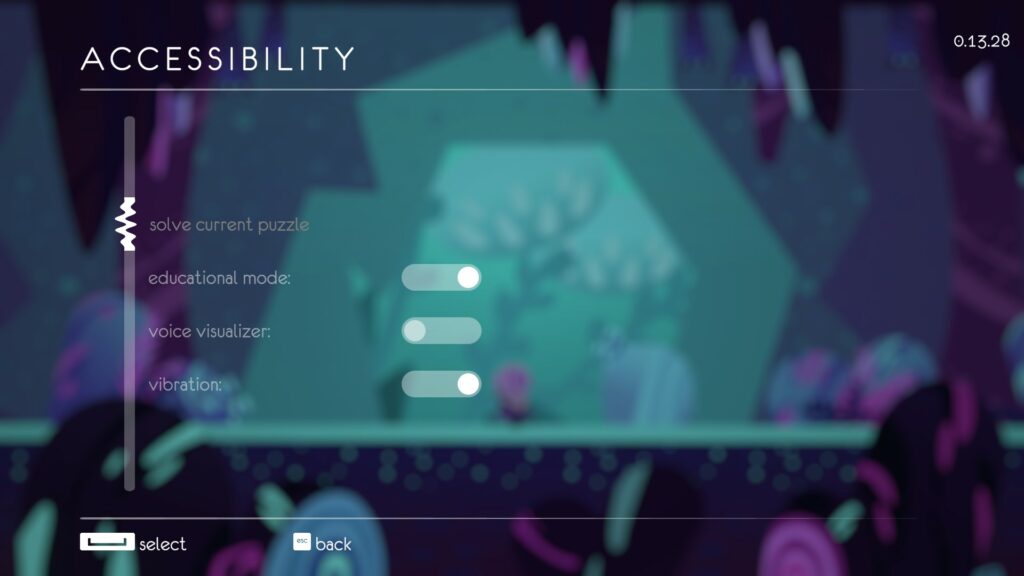

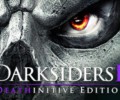


No Comments